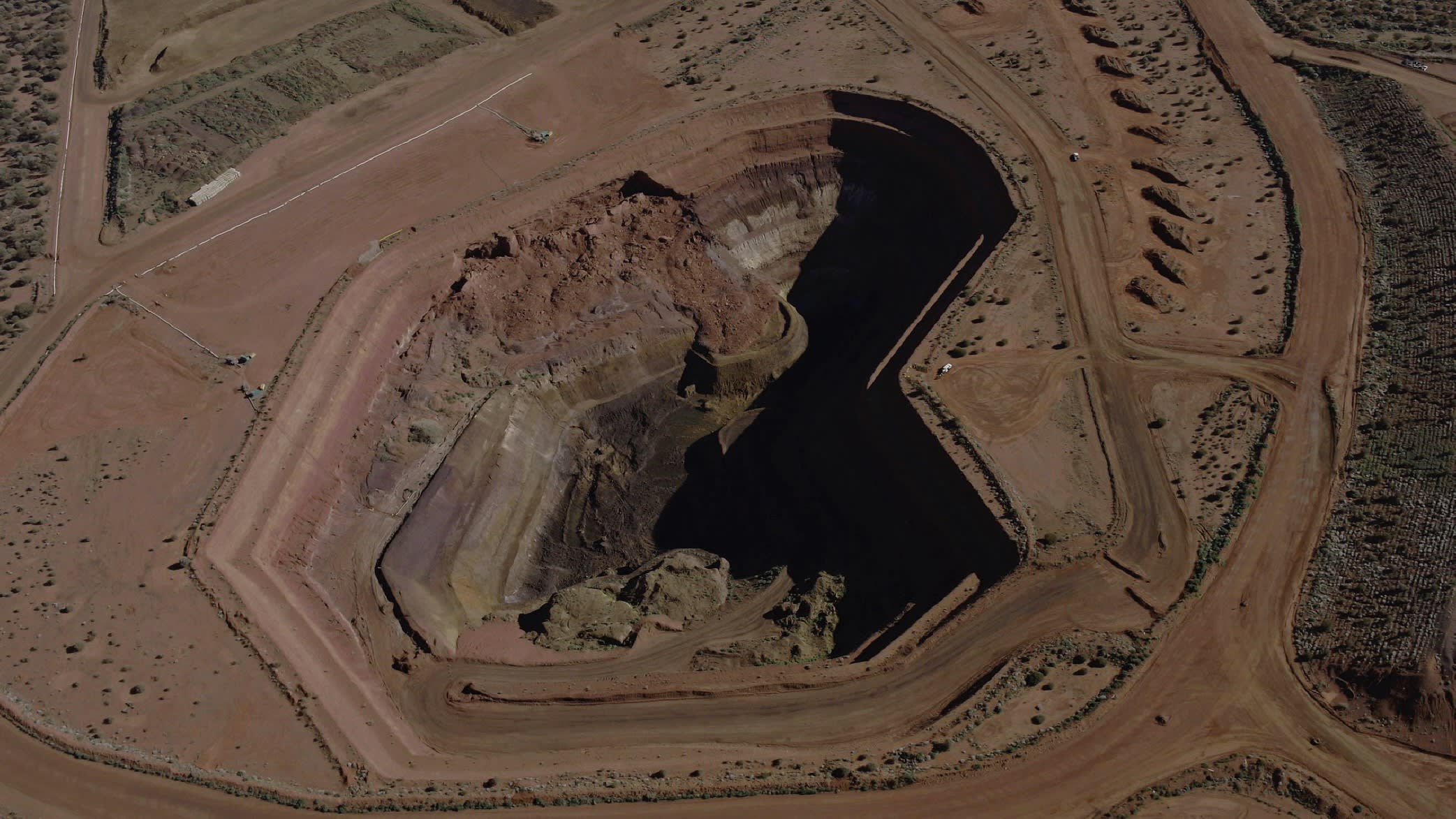(ATF) While big changes are happening with China’s rare earth exports and prices, groups from Australia and South Korea are making moves on cooperation and production.
According to news from Shanghai Nonferrous Metals Network (SMM) on November 17, China’s rare earth production giant, Southern Rare Earth, announced the latest listing price of medium and heavy rare earth oxides. Due to strong market demand, the quotations for its rare earth products, including terbium oxide, have risen. The quote increased by 240,000 yuan per ton to 5.3 million yuan a ton from the previous period, and holmium oxide was quoted at 445,000 yuan per ton, an increase of 10,000 yuan from the previous period.
At present, it is not only the Southern Rare Earths that is rushing to raise the price of rare earths. On November 9, the “boss” of China’s rare earth industry, Northern Rare Earths, also raised the listed prices of the company’s rare earth products this month. Among them, the price of neodymium oxide was 404,000 yuan/ton, an increase of 28,000 yuan from the previous month; while the price of neodymium praseodymium was 461,000 yuan/ton, an increase of 16,000 yuan; and the price of neodymium metal was increased by 33,000 yuan to 502,000/Ton.
The Asia Eight: Daily must-reads from world’s most dynamic region
In regard to the reasons for the increase in rare earth prices, on November 10 experts pointed out that China is about to implement new export regulations – the PRC Export Control Law – on December 1, and is expected to further reduce the supply of rare earths.
This move has also aroused concern among overseas importers, who have placed additional orders with Chinese sellers, thus driving up the price of rare earths.
In addition, the scale of China’s exports of rare earths has shrunk this year, which has made many overseas buyers nervous. According to data released by the General Administration of Customs, from January to October this year, China exported a total of 28,668.9 tons of rare earths overseas, a decrease of 28.4% from the same period last year (40,037.2 tons).
China is very proud of being the world’s largest producer and exporter of rare earths.
Since the US-China trade war began, a state editorial made a comment that China had been selling rare earth elements like “cheap cabbages” and this has brought about a change in attitude and demeanour in the industry. Rare earth elements are now seen as giving China a strategic advantage to combat US strength in high tech.
China has made adjustments to the rare earth price system for the first time in many years, according to Sina Finance, “in order to avoid repeating the same mistakes”. In addition to “strengthening” on the supply side, China has expressed the wish to dominate rare earths globally.
On November 16, the China Nonferrous Metals News once again published an article calling for China’s rare earth price system to be improved as soon as possible, and for strict controls to be implemented over the total supply and price, warning that otherwise “production or losses” may occur.
Aussie-Korean venture
However, amid these major changes in China, other things are going on in the sector. Notably, groups from Australia and South Korea are making moves to produce rare earths from a mine near Dubbo in central New South Wales in eastern Australia.
Australian Strategic Materials Ltd (ASM) signed an agreement two months ago with its Korean partner Ziron Technology Corp to buy a 95% stake in the company.
Last year, ASM undertook a joint venture with Ziron Tech to produce hafnium and zirconium via the Korean group’s metallisation technology, which was developed at South Korea’s Chungnam National University.
Under the agreement, ASM will take ownership a pilot plant built this year to use the patented metal-refining technology on ore from a reopened mine near Dubbo to successfully produce valuable metals.
ASM says the technology that Ziron Tech uses is “clean” and more environmentally friendly, sustainable and cost-effective than existing conventional, energy-intensive metallisation processes.
It has reportedly produced all major metals found at ASM’s Dubbo Project, such as zirconium, hafnium, and rare earths such as neodymium for permanent magnet alloys. They also hope to produce titanium and associated alloys.
The Dubbo mine has been described as a long-term resource of “critical materials” including zirconium, rare earths, niobium and hafnium used in renewable energy and electric vehicle production.
ASM has told news outlets in Australia the milestones achieved with Ziron Tech this year have built on more than 10 years of work with the Australian Nuclear Science and Technology Organisation (ANSTO) to recover, purify and add value to the outputs of the “Dubbo Project” to increase the range of products and profitability.
Fujian Straits News reported that although the [ASM-Ziron Tech] project is only in its initial stage, it was clear that the two countries had already received benefits and had successfully produced praseodymium and neodymium.
China’s dominance unlikely to last
Looking ahead, it seems likely that China’s dominance in the rare earth sector won’t last for long, as there are many other sites around the world where rare earths have been found and investors are now looking at processing facilities in Malaysia, the US, Canada, Australia and possibly Africa.
Another Australian company, Lynas Corporation, is already active in the rare earth sector, through the Mt Weld mine in Western Australia and a plant that produces light rare earths in Malaysia.
And in July Lynas was hired by the US Defense Department to help on a processing plant to be built in Texas to reduce America’s reliance on China for these important materials.
The Texas refinery will reportedly handle heavy rare earths such as dysprosium. Once completed, that facility is expected to be the first of its kind outside China, a report by Nikkei in July 2020 said. Heavy rare earths are used in magnets for high-performance motors and are in demand in the defence industry.
Currently, the US only has one rare earths mine, at Mountain Pass in California, but the operators have to send its concentrate to China for processing as the US has no downstream rare-earth processing capability.
A third Australian company, American Rare Earths, has been drilling and found samples of rare earths in La Paz in Arizona.
Further north, Vital Metals has a mining project at Yellowknife in the Northwestern Territories of Canada. This company is also looking at a processing and separating plant at Saskatoon.
Meanwhile, Australian groups are drilling at a range of other mining sites such as Browns Range (by Northern Minerals) and Yangibana in Western Australia (Hastings Technology Minerals) and the Nolans project in the Northern Territory (by Arafura Resources).
There are also Australian-owned rare earth projects in Uganda and Tanzania.
























